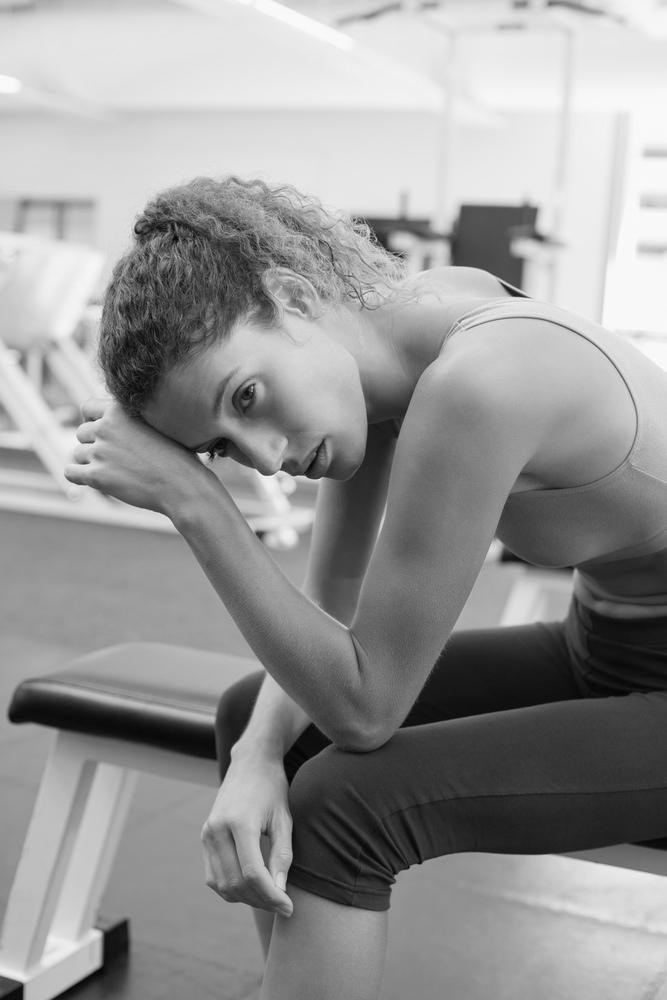How to Combat Muscle Imbalances Caused by Sitting

Athletes spend a lot of time training. They also spend a surprising amount of time sitting. Regardless of whether you're a professional, masters, or student athlete, you undoubtedly spend quite a few hours sitting—in the classroom, at work, or at home. Many athletes assume that the extensive hours spent training completely counteract this sedentary lifestyle, while in reality, sitting for long periods of time can negatively impact your body and performance regardless of how much or how little you train. Let’s discuss how sitting creates imbalances in your body and the exercises you can do to correct them.
Why Sitting is So Bad for You
Sitting is an independent risk factor for disease. Several studies, including a recent one in the American Journal of Preventative Medicine, have shown that excessive sitting is linked to disease regardless of whether the individual exercises extensively or not. While the exact mechanism is still unclear, it’s apparent that sitting affects everyone. In fact, 6 hours per day of sitting begins a series of negative changes in the body. So what does this mean for athletes? Even sitting through a few classes and a couple hours of studying will set you back. Sitting is not only bad for your health in general but it also creates acute problems such as back pain, lack of glute muscle activation, reduced circulation, and stiffness in the hip joint. Let’s dive in.
Series of Physiological Changes
In a seated position, the glute muscles are completely turned off and the core muscles are less active than in a standing position. Pressure on the backside of the lower body reduces blood circulation, and the shortened angle of the hip joint allows the hip flexors to tighten. Normally when we sit, especially in front of a computer, we pay less attention to our posture. This leads to neck, lower back, and even shoulder pain. These symptoms can create problems for athletes in training. Lack of glute activation forces the athlete to rely on hip flexors and quadriceps for pelvic stability in all lower body exercises. One side effect of this muscle imbalance can be knee pain from tight IT bands and over-reliance on the quads. Hip flexors are already tight from training because many sport-specific movements and strength exercises require flexion and extension of the hip. Sitting further exacerbates the hip flexor tightness. Lower back pain is also a reflection of poor core activation. Be mindful of pain or muscle tightness in other areas—sitting can cause downstream effects that may not be localized to the hip and back region.
How to Correct Muscle Imbalances
We cannot avoid sitting entirely, such as in class or while studying for long periods of time. However, alternating sitting with standing can greatly reduce your symptoms as an initial step. In the long run, to optimally correct your muscle imbalances caused by sitting, you will need to activate each muscle group that is turned off and lengthen each muscle that is typically shortened.
A few exercises can get you started on this process. Monster Walks are a great way to activate the glutes using a simple elastic band:
Tight hip flexors require simple stretching. The Pigeon Stretch is a great general hip opener:
Also, a simple tennis ball or Foam Roller under the hip can help you massage the area and loosen up tight muscle tissue:
Implement core stability exercises when you find yourself seated for extended periods. Front Bridge is an excellent one, as it engages the core, glutes, back and shoulders:
You must actively concentrate on engaging your core during various movements to protect your back from receiving too much load. Both core and glute strength will contribute greater support to the pelvic region, putting less strain on your lower back. In general, be dynamic with your activities outside of your training, stretch when you need to, and focus on correcting muscular imbalances using simple stability exercises.
Don't forget to check out the importance of periodized training for athletes!
References:
1. http://www.health.harvard.edu/blog/too-much-sitting-linked-to-an-early-death-201401297004
Related Posts

The Best Bench Press Variation You’re...
This post is part of our Coaches Corner series with Taylor Rimmer. Taylor is NSCA-CPT, StrongFirst...

Does Powerlifting Harm Heart Health?
A recent study has discovered that a 12-week supervised strength training program (SSTP) may result...
-1.png)
Barefoot Running: Is It For You? |...
Run Free: Consider Less Cushion
Updated October 2020:
With more athletes looking for ways to...


